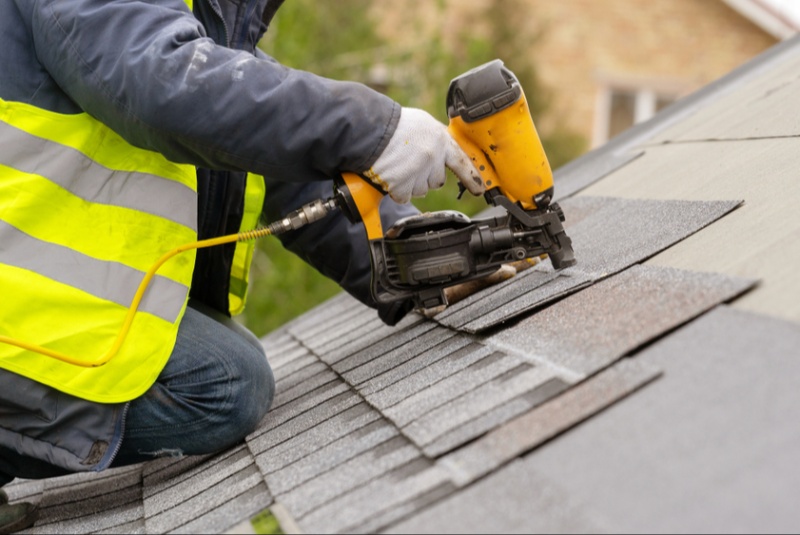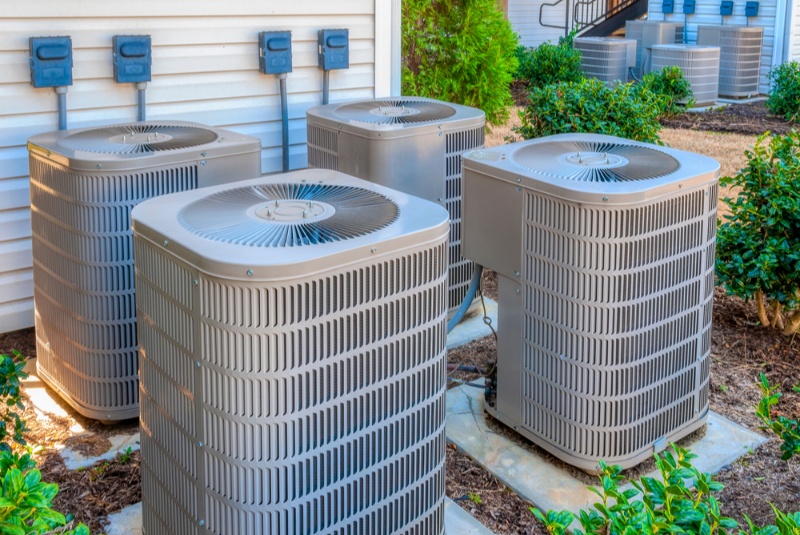Roofing is one of the most essential and expensive components of a home. Keeping it in top condition is vital for the safety, energy efficiency, and curb appeal of your house. However, roofing renovations and materials can leave a big dent in your pocket if not approached smartly. Fortunately, with careful planning and some insider tips, you can significantly reduce these expenses. Here's how:
1. Comprehensive Inspection and Assessment: Before diving into any renovation, it's essential to know what you're up against. A thorough roof inspection can help identify problem areas and enable you to address issues that could escalate into more significant, costlier problems in the future. Sometimes, a simple repair can suffice instead of a complete overhaul.
2. Time it Right: The roofing business has peak seasons (typically late summer and early fall). During these times, labor and material costs can skyrocket. If you can, plan your renovations during the off-peak seasons when contractors may offer competitive rates due to decreased demand.
3. Research Materials: There's a wide variety of roofing materials available today. Each comes with its price tag, lifespan, and maintenance requirements. For instance, asphalt shingles are less costly than metal roofing or clay tiles. Consider the long-term costs, benefits, and your budget before making a decision.
4. Bulk Purchases and Overestimations: Often, buying materials in bulk can earn you a discount. Additionally, ensure you're not overestimating the amount of material required, which can lead to unnecessary expenses. Work with your contractor to get accurate measurements and order just a little extra for contingencies.
5. Shop Around: Getting multiple quotes from various suppliers and contractors will allow you to compare prices and services. While it might be tempting to go with the cheapest option, always consider the reputation, experience, and warranty offerings of the contractor. Remember, sometimes you get what you pay for.
6. Check for Deals and Discounts: Some manufacturers and suppliers offer discounts on particular materials, especially when they're trying to clear out old stock. Also, look for seasonal sales, rebates, and special promotions.

7. Consider Energy Efficiency: While the upfront costs of energy-efficient roofing materials might be higher, they can result in significant savings in the long run. These materials can keep your home cooler during summers, reducing air conditioning costs, and may even qualify for tax rebates or incentives.
8. DIY, But Wisely: Some tasks, like cleaning gutters or removing old shingles, can be handled by homeowners with a bit of handyman experience. However, be cautious about taking on projects that are beyond your skill set. Mistakes can end up costing more in future repairs.
9. Reuse and Recycle: If parts of your old roof are still in good condition, consider reusing them. For instance, undamaged flashing or vents can be repurposed instead of buying new ones. Recycling old materials can also save on disposal costs.
10. Negotiate: Everything is negotiable, including roofing projects. While being respectful, don’t hesitate to discuss costs with contractors. Sometimes they can offer alternative solutions or materials that can fit within your budget without compromising on quality.
11. Licenses and Insurance: Always ensure your chosen contractor has the necessary licenses and insurance. This might not directly save you money at the outset, but it can prevent potential legal and repair costs down the line should anything go wrong.
12. Plan Ahead: Roof maintenance is more cost-effective than addressing problems after they've become significant. Regularly inspect your roof, clean gutters, and address minor issues like missing or worn-out shingles. This proactive approach can extend the lifespan of your roof and delay the need for a complete renovation.
Roofing renovations can be pricey, but with a bit of forethought, research, and negotiation, you can get the best value for your money. Whether you're opting for a complete overhaul or a minor repair, always prioritize quality and safety. Investing wisely in your roof not only safeguards your home but also ensures long-term savings in maintenance and energy costs.




